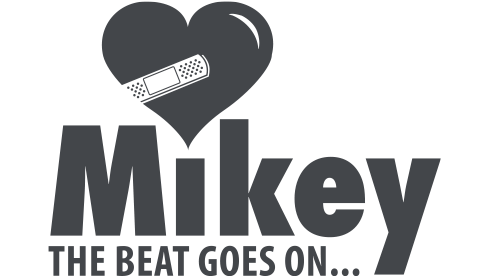
(L-R) Dr. Kyle Phillpots, Lesley Gallacher, Bernard Gallacher, First Minister Alex Salmond, Hugh Heron, Brian Mair
It started with a tweet, and ended with Mikey Network Chairman, Hugh Heron, visiting Scottish Parliament. Actually, it started even earlier. In August 2013, former Ryder Cup captain Bernard Gallacher, collapsed during a dinner at a hotel on the outskirts of Aberdeen, Scotland, in sudden cardiac arrest. Fortunately, the hotel had a defibrillator and the golf legend has made a full recovery, thanks in part to an implantable cardioverter defibrillator (ICD) fitted to prevent further cardiac arrests.
That’s where the power of social media and Twitter come in, to make the world a bit smaller.

Bernard Gallacher and his colleagues at the PGA became interested in making more defibrillators available, and learning about the charities that supported this effort.
Bernard’s daughter Kristy Gallacher, who just happens to be a popular sports reporter in the UK, was talking about it on Twitter.
Hugh’s nephew in Scotland saw this, and tweeted to Kristy about The Mikey Network. That lead to the Gallachers getting in in touch with Hugh.
Talk about the power of social media!
So that’s how Mikey Network Chairman, Hugh Heron, came to visit First Minister Alex Salmond, at Scottish Parliament, with Bernard Gallacher and officials from the PGA to talk about the Bernard Gallacher Defibrillator Campaign.
During the visit, in a session of Parliament called “First Minister’s Question Time,” the First Minister announced that the Scottish Government was funding £100,000 ($183,606 CAD) to increase the number of defibrillators throughout Scotland. Go Scottish Government!
To learn more about the Bernard Gallacher Defibrillator Campaign with the Professional Golfers’ Association, visit Arrhythmia Alliance.









